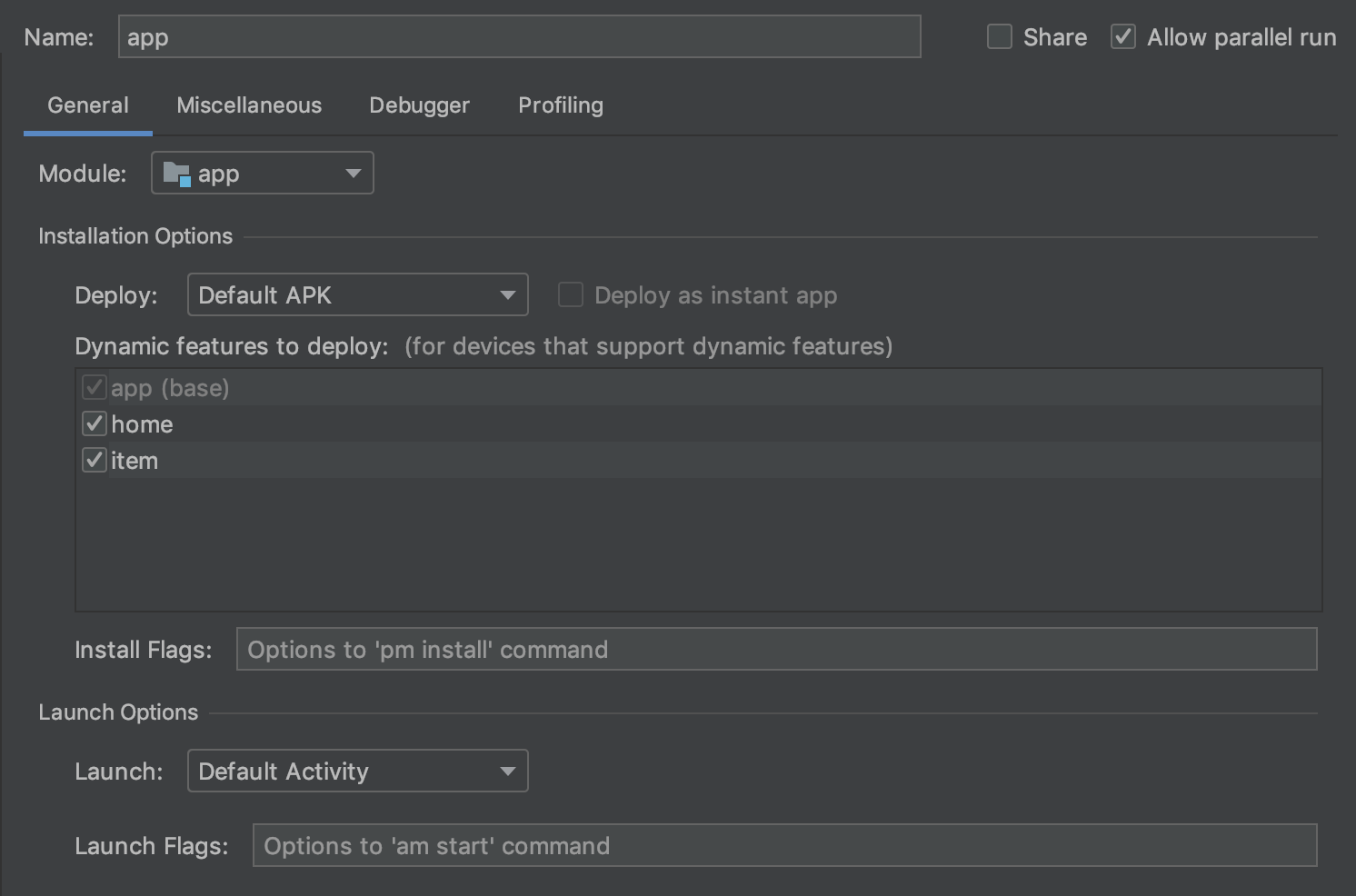Universal Apk, a survival guide
One of my tasks from the previous quarter was to introduce Android App Bundle in order to reduce both Mercari download and installation sizes. It was pretty easy and a huge success: Play Store indicates that APKs generated from your app bundle are 44.0% smaller in comparison to the original APK.
But the main issues appeared when I tried to test the first release and, later on, introduce it in day to day workflow: we’re using a mix of Deploygate and internal tooling in order to QA our changes before releasing to the Play Store. The new Internal app sharing is supposed to help but we cannot change workflows used by so many people in the company that easily.
I decided to continue promoting APK usage internally. After all, the Android Studio workflow was gracefully supporting the dynamic feature module, and the app runner gave the false impression that assemble tasks (like app:assembleDebug) were including dynamic feature modules with onDemand=false. This was wrong!.
This post is a summary of my experiments in order to use AAB and APK with onDemand=false dynamic feature modules.

App runner was definitely too complex to just be a wrapper of assembleDebug.
Traditional vs universal APK
In order to understand the solution, we need to understand what’s a universal APK and how it compares to the traditional APK we have used so far.
First of all, Android App Bundle is implemented by bundletool, a Java based library/CLI open source project that mimics the process an AAB goes through when it’s uploaded to the Play Store. Main commands are:
# Generate an AAB that we will use with bundletool
./gradlew app:bundleDebug
# Generate a set of APKs
bundletool build-apks --bundle=./app/build/outputs/bundle/debug/app-debug.aab --output=my.apks --overwrite --connected-device
# Install an APK for a specific device
deviceId="one id from adb devices"
bundletool install-apks --apks=my.apks --device-id=$deviceId
Pretty easy. Just generate an AAB from Gradle and use bundletool to target a specific device.
🚨 bundleDebug output changed between AGP 3.4.2 and 3.5.0, app.aab was renamed app-debug.apk (for debug), following the same naming as assemble tasks.
But what about distributing your recent changes to your QA team or any non Android developer? Should you run bundletool for every device and distribute 10 APKs? Not so easy in the end…
It’s for this purpose that bundletool also allows us to create a universal APK, installable on any device. I found this script which will create this APK from an AAB file, thanks to the specific (undocumented?) –mode=universal flag. But we do have to install bundletool on each developer machine + CI + working outside Gradle is not really what I was expecting from official tooling.
It was a good opportunity for some open source development.
Universal Apk Gradle Support
Bundletool being a Java based tool, I decided to create a Universal APK Gradle Plugin allowing us to:
- expose new tasks like generateDebugUniversalApk commands for each flavor in order to build a universal APK,
- distribute it as an open source plugin.
But while facing some conflicts when upgrading Android Gradle Plugin version, I realized bundletool was also included as a AGP dependency. For example AGP 3.5.0 depends on bundletool 0.9.0. And each update was coming with breaking changes. At some point I had to explore AGP sources and so, realized that I just recreated what was already available in Android Gradle Plugin:
- PackageBundleTask is the hidden implementation behind bundle* lifecycle tasks, exposing tasks like **packageDebugBundle** which generates the bundle (.aab) with all the modules (nice discovery).
- BundleToApkTask exposes tasks like makeApkFromBundleForDebug which creates an APK file (from an AAB).
- ExtractApksTask exposes tasks like extractApksForDebug which extracts an APK from an APK collection.
- BundleToStandaloneApkTask exposes tasks like packageDebugUniversalApk which creates a universal APK.
In other words, tasks like packageDebugUniversalApk avoid installing/managing bundletool and its complicated setup, exposing similar output like assemble tasks and so are easy to integrate in your daily workflow. Output for debug is app/build/outputs/universal_apk/debug/app-debug-universal.apk. For release it can be universal_apk/release/app-release-universal.apk or app-release-universal-unsigned.apk if no signingConfig was set up.
Summary
Considering the huge benefits it offers for a few changes in your CI setup, Android App Bundle cannot be ignored anymore.
Dynamic Feature Modules is IMHO the way to go to modularize an Android application. On demand is nice to have but most (all?) of your features will not require such a complicated setup. If so, universal APK is the easiest way to use APK and to gradually adopt Dynamic Feature Modules in your codebase.
Universal APK Gradle Plugin was, in the end, useless but it was a good opportunity to learn about Gradle Plugin development + bundletool and AGP internals. Feel free to read the source code and use the samples folder in order to try the commands described in this post.